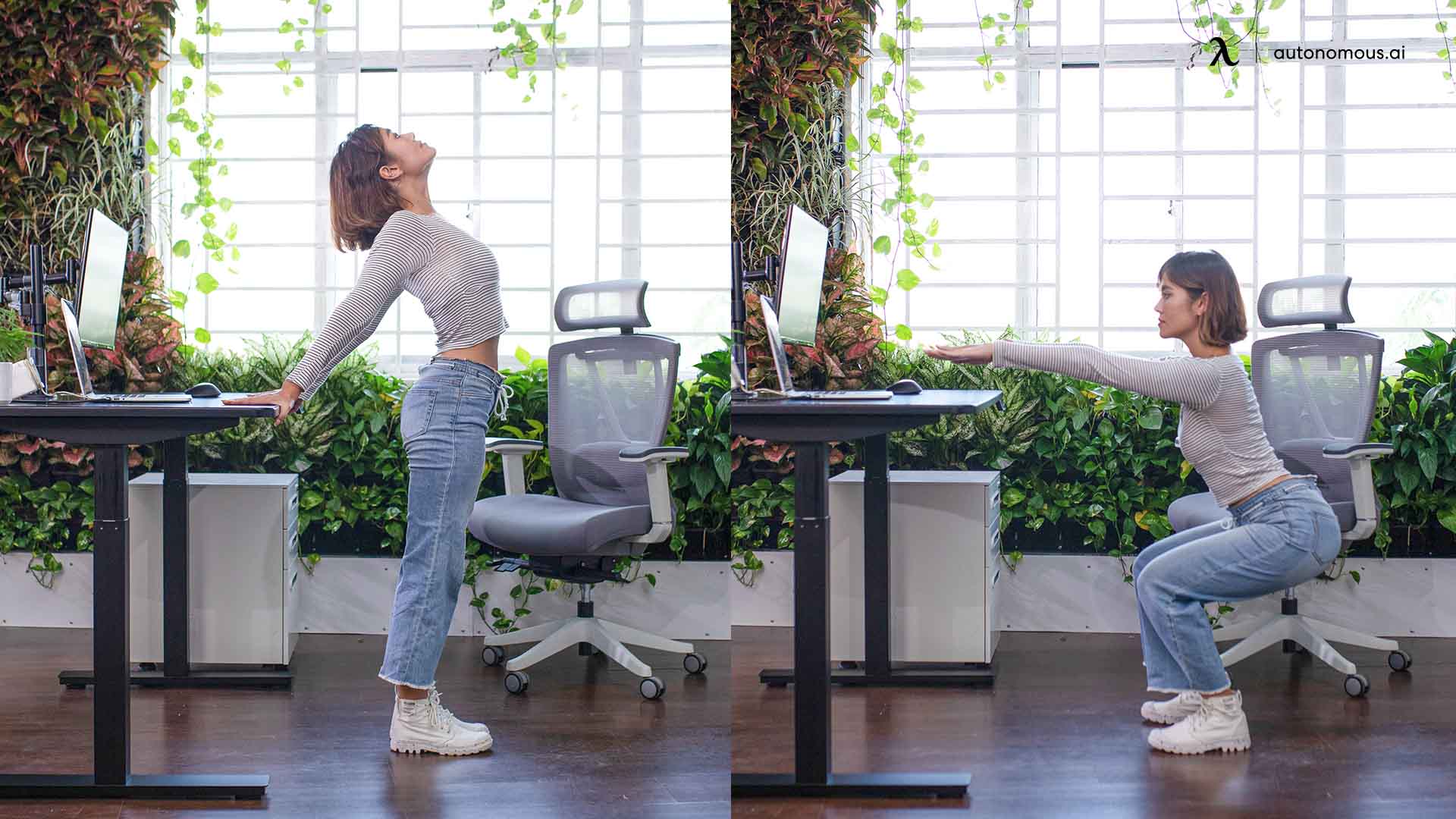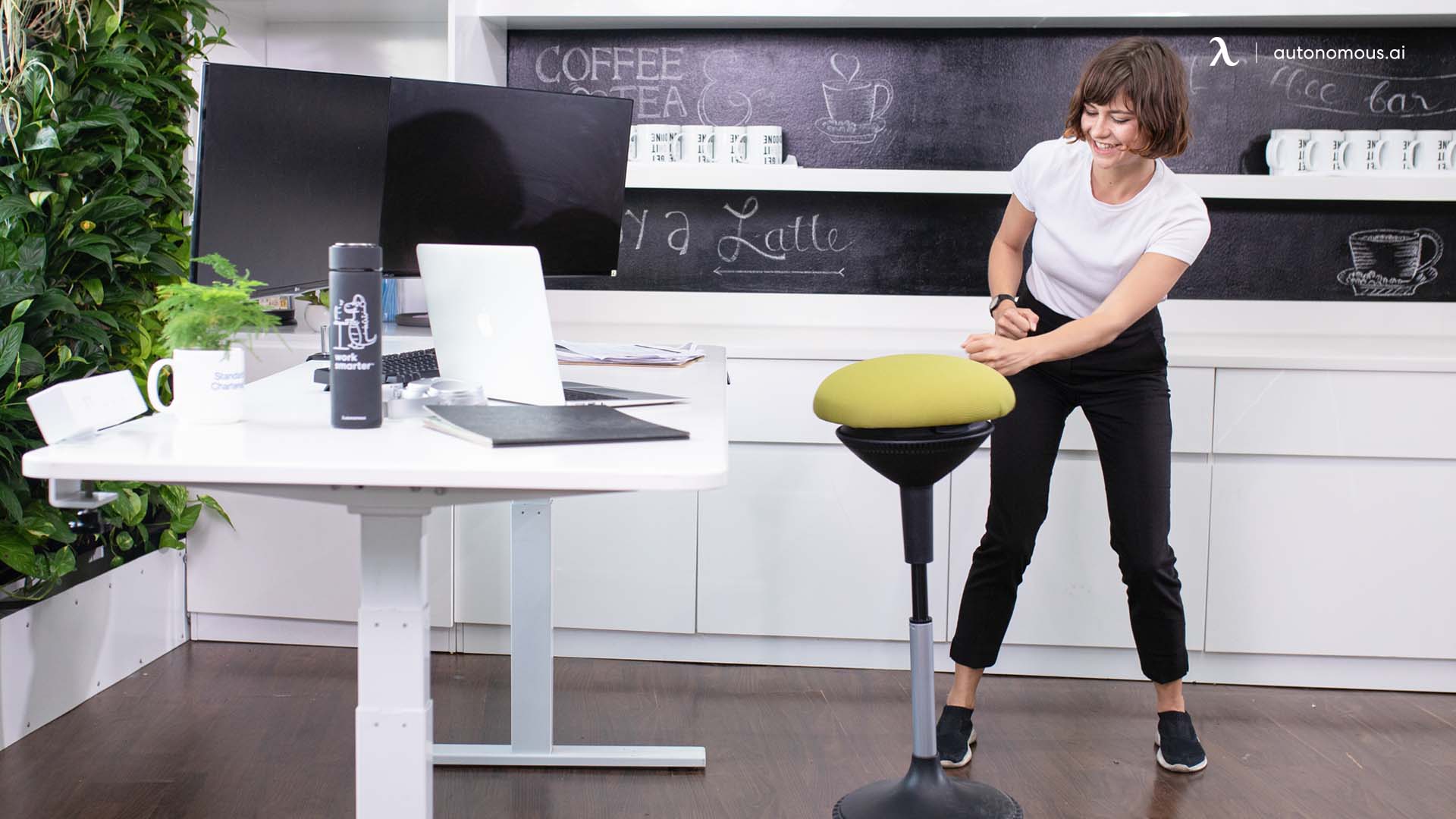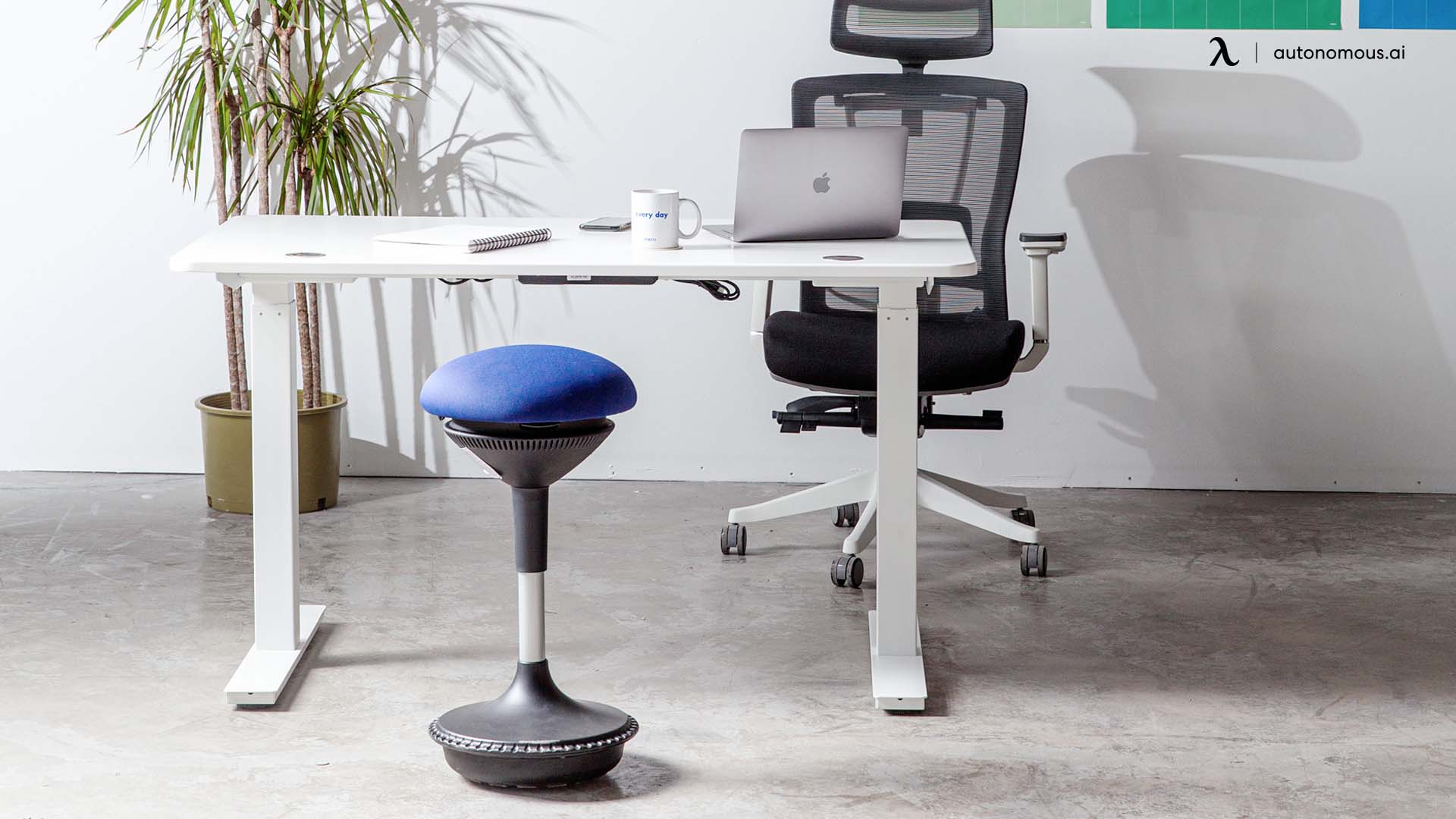Working from home could be an excellent thing, but only when you have the right equipment and tools. Most people have a computer or laptop, or they are provided one by the company. However, it’s not a good idea to sit at the kitchen table to do your work; instead, you should have a designated space. Ergonomics in the workplace is essential, and we’re going to discuss what it is and why you need it.
What Is Ergonomics in the Workplace?
Whether at home or the office, you spend about 2,000 hours each year working. That much time can have adverse effects on your back, eyes, arms, and neck. Being ergonomic at work is the best way to solve those issues.
However, what is ergonomics in the workplace? It’s the science of working conditions and how it affects your body based on the duties you perform. The primary goal of office ergonomic tools is to prevent various musculoskeletal disorders by having a workplace that can accommodate your limitations and capabilities.
What Are the Effects of Poor Ergonomics on Your Health?
Office ergonomic issues could impact your lifestyle and health. You may physically suffer and be in pain, which ultimately leads to you taking time off work, causing an economic issue.
MSDs (Musculoskeletal disorders) are caused primarily by poor ergonomics in the workplace. They can happen suddenly or develop over the years. Typically, they are linked to fixed and awkward postures, repetition, and force.
Examples of MSDs can include:
- Tendinitis
- Carpal tunnel syndrome
- Low back injuries
- Muscle strains
- Trigger finger
These are all work-related but can be prevented with appropriate office ergonomic equipment.
Pros and Cons of Being Ergonomic at Work
The benefits of ergonomics in the workplace are plentiful and include:
- Reduce costs
If you’re constantly going to the doctor and having tests done, you’re going to spend a lot of money. While you may have insurance, you’ve still got to contend with copays and initial costs that the policy doesn’t cover.
- Boost productivity
Office ergonomic options can boost productivity. If you have a workspace that promotes a healthy posture, you’re going to sit up straight. You can also reduce repetitive motions, make things easier to reach, and reduce exertion on your body. When you’re comfortable throughout the day, you can work longer and stay focused.
- Work quality
Of course, this ties in with productivity, but it’s a little different. Poor office ergonomic options lead you to be more irritable and tired. When that happens, you’re not on your game and doing your best work. You could miss details or forget about an important phone call. Invest in the best computer chair for long hours and standing desks to ensure comfort.
While there are seemingly endless benefits of ergonomics in the workplace, there are a few drawbacks. These include:
- The wrong products
Everyone has seen the exercise ball, which seemed perfect. They fit traditional office desks and encouraged the use of the body’s core to stay balanced. However, there’s no back support and can cause the back muscles to contract and compress. It’s better to choose an office ergonomic chair because it has the right support and many other features, which we discuss later.
- Cost
Unless you already have ergonomic chairs, you’re going to spend a little money to get them. When you focus on value, you can see how the investment is wise. Still, you’ve got to have the funds available, and most employers don’t supply them for their employees.
Office Ergonomic Chairs: What Are They?
Being ergonomic at work means sitting correctly and having everything positioned in the right way. The first step is to find the best chair.
The ErgoChair Pro is fully customizable to meet your needs. You can adjust the headrest and hand-rest heights, tilt the headrest, and even adjust the hand-rests up or down.
Lumbar support is dynamic, and you can also move the seat forward or back. When you want to lean back, you can do so with ease. Adjust the tension and lock yourself into that position to relax and take some of the strain off your joints.
Earlier, we talked about exercise balls and why they aren’t part of the office ergonomic structure. However, the ErgoStool is a variation of active sitting, which is much healthier for your body.
It’s designed to be more ergonomic at work, so you can strengthen the core while sitting. You can adjust it to meet any height from 25 to 35 inches. That way, you can use it with almost any desk set-up. However, it doesn’t work well with the standing desks. Since your primary goal here is to stand up for short durations, this shouldn’t be a problem. You can use them both interchangeably and can easily adjust the height to fit your particular needs.
The base is weighted so that it’s not going to tip over. However, there is a little wiggle to it so that you have to tighten the core muscles. It shouldn’t be utilized all the time, but you can switch out your office ergonomic chair for the stool at different times throughout the day to get a minor workout when you’re sitting.
Office Ergonomic Desks: Is This Possible?
For most people, the desk is an afterthought. You’re primarily more focused on the actual act of sitting, and this is appropriate. However, you can use a standing desk to relieve some of the issues of sitting for too long during your workday. When that happens, you must ensure that you’re standing up straight and that the equipment (computer, mouse, and keyboard) are all situated correctly. In a sense, you are bringing the standing desk to you instead of going to it.
When you choose the SmartDesk Core or the L-Shaped SmartDesk, you initially present the desks to adjust themselves automatically. Take your time while making adjustments to ensure that you pick the right seated and standing positions.
How to Use All Three
Typically, you don’t want to stay in one position for too long. Most experts recommend standing and sitting for 30 minutes at a time. Use this as your reference point throughout the day. Consider sitting for the first 30 minutes of your workday and then stand. Go back to sitting, but use the ErgoStool for that half-hour, and then stand again.
Remember to schedule normal breaks and a lunch period. During that time, try to get out of the office space. Go for a short walk, do some squats or lunges, or just relax and read for a few minutes.
Some people find it easier to set alarms on their smartphones. If you can set different ones with different sounds, you don’t have to remember what you did that last hour or after coming back from lunch.
Conclusion
Ergonomics in the workplace are essential for your overall health. Your at-home workspace is just as important as the one at the office. Make sure you focus primarily on the standing desk set-up and have an ergonomic chair to help offset the adverse effects of sitting all day.
These things are going to help you be productive and feel up to any task. Though it’s an initial up-front cost, think of it as an investment for your family and your future.
Subscribe for a 10% discount on your first order.
Sign up for our weekly update and be the first to know about our specials & promotions.
Spread the word








.jpg)


